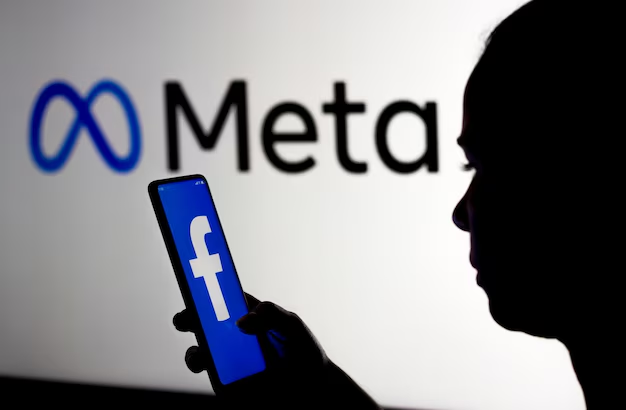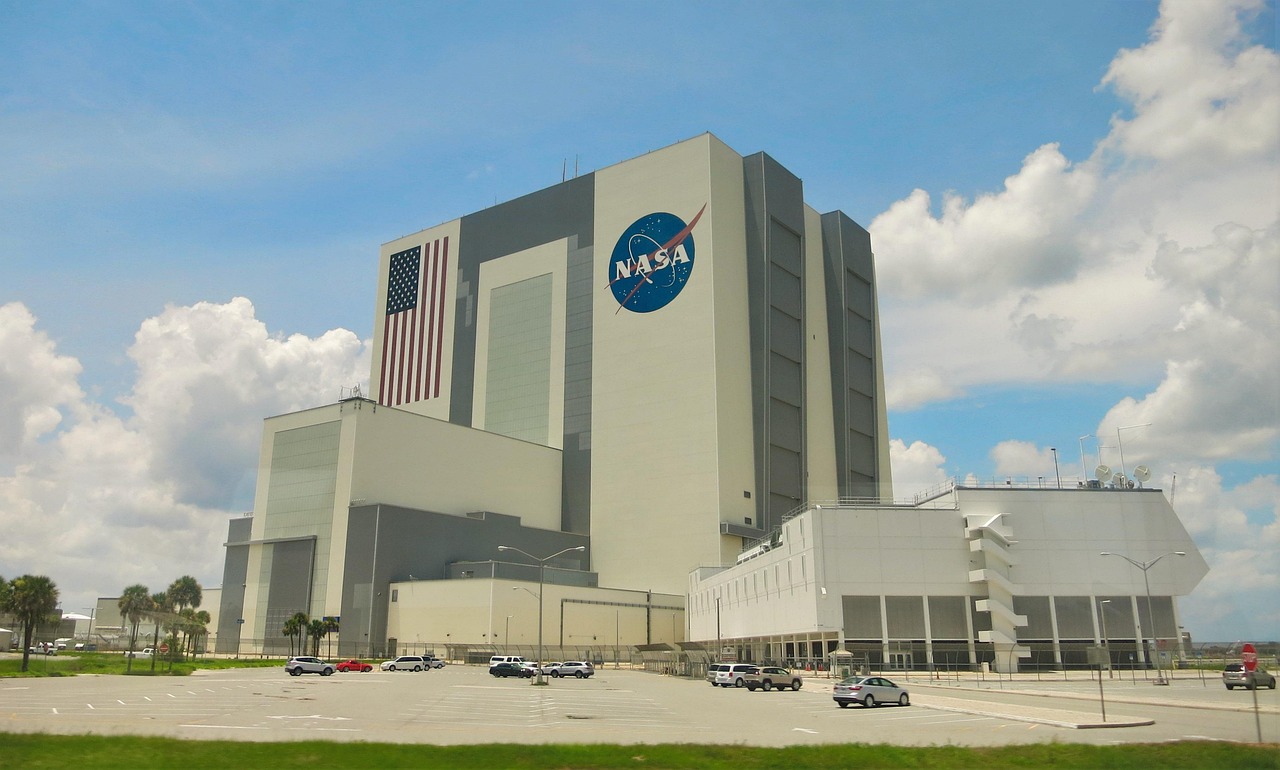President Trump’s tariffs imposed on Canada, Mexico, China, and a large number of other countries have people on edge. Elon Musk and the Department of Government Efficiency (DOGE) actions have contributed to 280,253 layoff plans of federal workers and contractors impacting about 27 agencies, according to workplace expert Challenger, Gray & Christmas.
The extensive layoffs directed by DOGE should make you cognizant of your own career safety. The terminations, many without explanations, have taken a toll on workers’ mental health, according to US News reporting.
A nerve wracking plunging stock market, impacting 401k and retirement plans, can contribute to destabilizing the US job market. CNBC reported that the Dow Jones Industrial Average plunged 2,231.07 points, or 5.5%, on Friday, the largest drop since June 2020 during the Covid. The S&P 500 plunged by 5.97%, the biggest decline since March 2020. These events, along with other matters, potentially threaten hiring and employment stability.
Businesses thrive on predictability. Right now, that’s in short supply. Instead of expanding their workforce, it’s reasonable to see that many companies will choose to wait until the dust settles, opting to see how things play out before making any hiring decisions.
However, there are bright spots. NPR pointed out that U.S. employers added 228,000 jobs in March, roughly twice the number added the previous month, when revised figures show employers added 111,000 jobs. The unemployment rate ticked up to 4.2% from 4.1% in February, as 232,000 people joined or rejoined the workforce.
Layoffs, Buyouts, And Resignations
In 2025, the federal government saw significant workforce reductions through layoffs, buyouts, and voluntary departures. Over 200,000 federal workers have been fired across more than a dozen agencies as part of the DOGE initiatives to reduce government size. Many of these layoffs targeted probationary employees who had served less than two years.
Approximately 75,000 federal employees accepted buyout offers by February 2025. These packages included financial incentives to encourage voluntary resignation. Beyond layoffs and buyouts, around 150,000 federal workers typically leave their jobs voluntarily each year due to resignations or retirements, according to The New York Times.
Hiring Stalls Amid Uncertainty
The Conference Board reported that U.S. consumer confidence continued its sharp decline, hitting their lowest levels in years. Americans’ views about their financial futures slumped to a 12-year low. This was driven by rising anxiety over tariffs and inflation, reported the Associated Press.
Although there are a large number of former federal government workers seeking new jobs due to the layoffs, firings, buyouts, and leaving on their own volition, a CNN survey reports one in four U.S. companies has curtailed hiring plans due to these trade tariffs.
While these professionals should be in demand, unfortunately, without predictable conditions, businesses tend to hold off hiring or slow walk the process. According to NBC News, businesses “won’t even start trying to hire and train people until they are convinced that there are permanent tariffs,” said Richard Mansfield, an economist at the University of Colorado Boulder.
Layoffs, Contract Gigs, And Staying Put
Companies are increasingly favoring temporary or contract labor over permanent hires, Short-term contract workers provide on-demand services. Businesses can quickly hire them part-time to help with a sudden increase in demand without needing all the paperwork, benefits and expenses attendant with a full-time employee.
Layoffs have increased across industries ranging from retail, hospitality, to tech. This year, layoffs.fyi shows that 27,471 tech employees were let go from about 96 companies. This has heightened anxiety and burnout among remaining employees, potentially discouraging job changes. Consequently, workers remain in precarious roles rather than seek new opportunities.
White-collar workers are predominantly holding onto their jobs rather than quitting. The job market for white-collar workers has become increasingly competitive, with hiring slowing significantly in sectors like technology, finance, and law. A recent Harris Poll shows that more than 70% of Americans feel that it’s difficult to find a better job compared to what they currently hold, and 75% report that employers have more leverage in the job market than employees.
This has led to a decline in the quit rate for these roles, reaching its lowest level since June 2020. If they are relatively safe, people don’t want to be the last hired and first to be fired when things go bad. They’d rather hunker down, and wait until things look like it’s improving.
Not all workers are staying put. Some may seek out opportunity in chaos. For example, there are some relatively safe jobs such as physicians, clinical psychologists, radiologists, and registered nurses due, in part, to an aging population and increased healthcare needs, according to Indeed’s data.






















